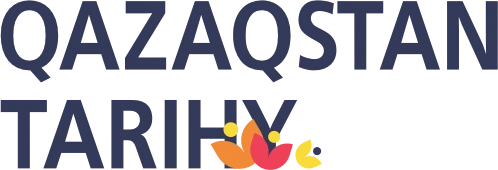In 1991 the Semipalatinsk nuclear test site had been closed down, and Kazakhstan’s further policy and way towards building nuclear-free and safe world was identified.
Semipalatinsk nuclear test site was established by the decision of the Council of Ministers of the Soviet Union in 1947. More than 18 thousands square kilometers were given for the nuclear experience. Until the Treaty in 1963 that banned testing in the atmosphere, in space, and underwater, 116 atmospheric tests, and until the 1989, 340 underground tests were conducted at Semipalatinsk Test Site facilities.
It is necessary to note that for the 40 years period of tests of uranium, hydrogen and plutonian bombs above and below ground there is not one measure taken to protect population from radiation. Taking into account the fact that the suffered nearly 500 nuclear tests, the equivalent of 2,500 bombs on Hiroshima, we can state the impact of the nuclear explosions as an environmental and public health crisis in the world. We can surely say that the impact of radiation of those explosions hasn’t been estimated yet, and it is very difficult to say what effect it will have in the subsequent.
The first step that had been undertaken by our country, still being the part of the USSR, was President Nazarbayev’s decision to close down the Semipalatinsk nuclear test site. After announcing the independence, State made a decision not only about closing the polygon, but also about the dismantling the nuclear weapons that it inherited from the Soviet Union. It’s necessary to note that at that time an amount of the nuclear arsenal were about 1,400 warheads, which was the fourth largest nuclear power in the world and was equal to those of the United Kingdom, France, and China combined.
Were those steps the right choice or we should have to keep our nuclear weapons as a mechanism of leading the policy and the pressure? There is no doubt, it sounds tempting, and however, at that time there were two things that were standing on the opposite scales: power and the policy with the nuclear weapons and the health of the population. The choice, I think, is clear without its announcement.
It won’t be the mistake, if we call this step undertaken by young Kazakhstan as a first step towards nuclear-weapon-free world. In 1992 Kazakhstan ratified Nuclear Non-Proliferation Treaty (NPT), and in 1994 became a part of the International Atomic Energy Agency (IAEA).
For today the relations between Kazakhstan and IAEA are developing actively. Between 1993 and 1994, the IAEA worked to strengthen capacity within the Kazakhstan Government for carrying out radiological measurements, and provided expert support for the collection and assessment of radiological data to assist in determining the economic feasibility of the land area.
In November 2010, in close cooperation with the United States and the IAEA, Kazakhstan implemented the project to ensure long-term secure storage for more than 10 metric tonnes of highly enriched uranium and three metric tonnes of weapons-grade plutonium from the BN-350 reactor in Aktau — enough material to make about 800 nuclear weapons.

